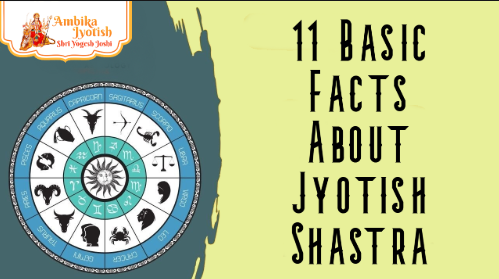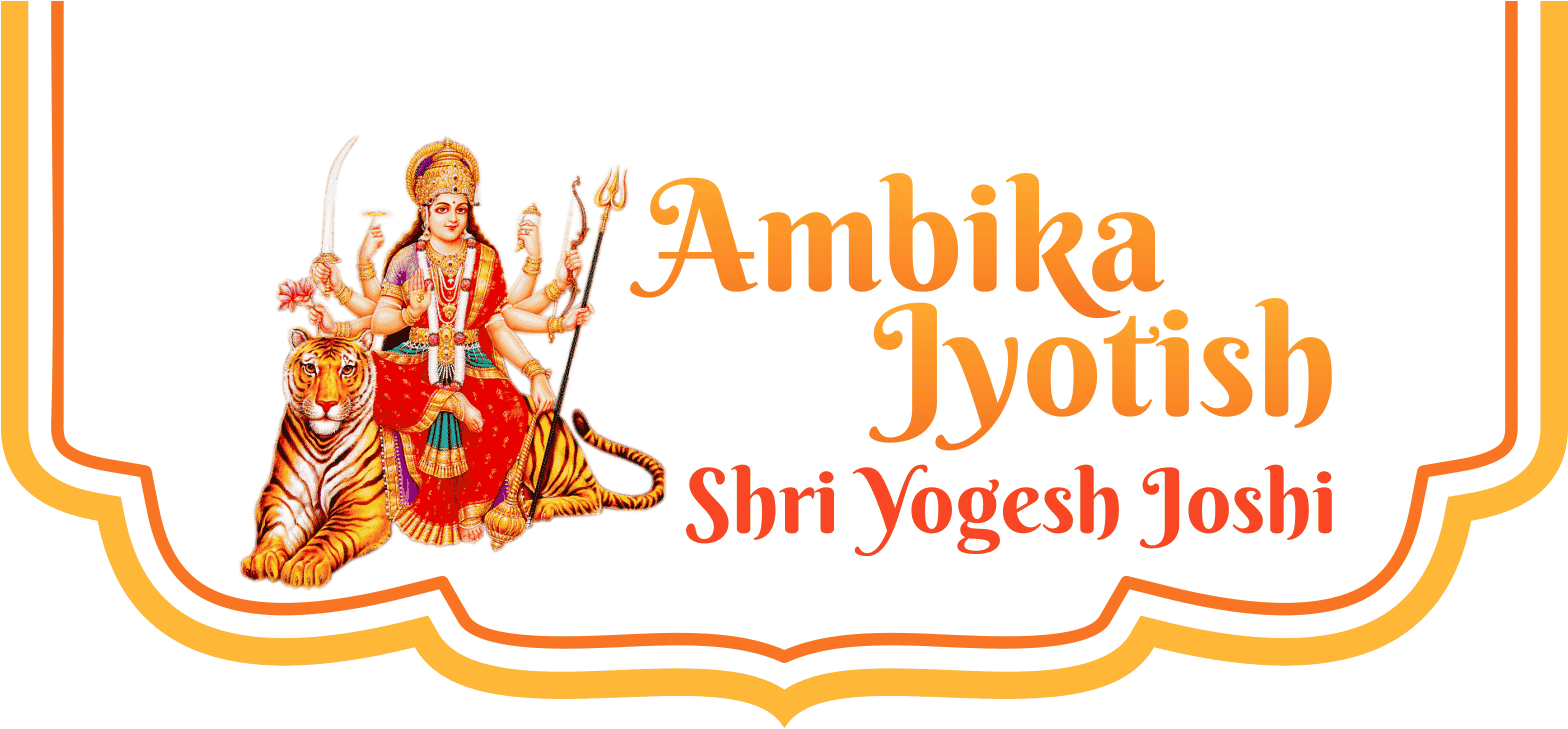Jyotish Shastra, often simply called Vedic astrology, is an ancient Indian system of astrology that has been practiced for thousands of years. It is one of the six Vedangas, the limbs of Vedic knowledge, and plays a vital role in understanding human life, destiny, and cosmic influence through planetary movements. Here are 11 basic facts about Jyotish Shastra that highlight its depth, significance, and practical applications.

1. Jyotish Shastra Means ‘Science of Light’
The term Jyotish is derived from the Sanskrit root words jyoti meaning “light” and isha meaning “lord” or “knowledge.” Thus, Jyotish Shastra is often translated as the Science of Light or the Science of Astrology. It is believed that this knowledge illuminates human life by revealing cosmic patterns and their effects on individuals.
2. Part of the Vedic Tradition
Jyotish Shastra is deeply rooted in the Vedas, the ancient spiritual texts of India. It is considered one of the six Vedangas—ancillary disciplines that support the understanding of Vedic scriptures. This connection gives Jyotish a spiritual dimension beyond simple prediction, linking it to dharma (duty), karma (actions), and moksha (liberation).
3. Uses Birth Chart or Janam Kundali
Central to Jyotish is the Janam Kundali or birth chart. This chart is created based on the exact time, date, and place of birth of an individual. It maps the positions of planets, the Sun, and the Moon in the twelve houses and zodiac signs at that moment. The birth chart acts like a cosmic blueprint of one’s life.
4. The 12 Houses Represent Different Life Areas
The horoscope is divided into twelve houses, each representing different aspects of life:
- 1st House: Self, personality, physical appearance
- 2nd House: Wealth, family, speech
- 3rd House: Siblings, courage, communication
- 4th House: Home, mother, comfort
- 5th House: Creativity, children, intelligence
- 6th House: Enemies, health, debts
- 7th House: Marriage, partnerships
- 8th House: Transformation, longevity, occult
- 9th House: Luck, religion, higher learning
- 10th House: Career, reputation
- 11th House: Gains, social circles
- 12th House: Loss, spirituality, foreign travels
Interpreting the planets’ placement in these houses helps predict life events and personality traits.
5. Nine Planets or Navagrahas Are Key
Jyotish focuses on nine major celestial bodies known as Navagrahas:
- Sun (Surya)
- Moon (Chandra)
- Mars (Mangala)
- Mercury (Budha)
- Jupiter (Guru)
- Venus (Shukra)
- Saturn (Shani)
- Rahu (North Node of the Moon)
- Ketu (South Node of the Moon)
These planets symbolize various energies and karmic influences affecting an individual’s life path.
6. Rashis (Zodiac Signs) in Jyotish
The zodiac in Jyotish comprises 12 Rashis, similar to Western astrology but calculated differently. The signs begin with Aries (Mesha) and follow the natural order ending with Pisces (Meena). The Moon’s position in a particular Rashi at birth is especially significant in Jyotish, influencing emotions and mind.
7. Dasha System – Timing of Events
One of the most distinctive features of Jyotish is the Dasha system — a method of planetary periods that indicate when certain planets will exert their influence. The most commonly used is the Vimshottari Dasha, a 120-year cycle divided among the nine planets.
Understanding the Dasha helps astrologers predict the timing of important life events like marriage, career changes, or health issues.
8. Importance of Ascendant or Lagna
The Ascendant (Lagna) is the zodiac sign rising on the eastern horizon at birth. It sets the framework of the entire horoscope and shapes the native’s personality, health, and outlook on life. It is the first house and starting point for interpreting the chart.
9. Remedies to Mitigate Negative Effects
Jyotish Shastra doesn’t just predict; it offers practical solutions or remedies to reduce adverse planetary effects. These include wearing specific gemstones, chanting mantras, performing rituals or pujas, fasting, and charity.
For example, wearing a Blue Sapphire can pacify Saturn’s harsh influence, while chanting the Gayatri Mantra can bring mental clarity and peace.
10. Synastry and Compatibility
Jyotish is widely used for Kundali Matching or Yoni Matching in Indian marriages to ensure compatibility between partners. The system assesses emotional, physical, and spiritual compatibility to predict a harmonious married life.
Marriage decisions in traditional Indian culture often depend on this compatibility analysis.
11. Not Just Prediction but Guidance
Jyotish is not merely a fortune-telling tool but a system designed to guide individuals toward self-awareness, better decision-making, and spiritual growth. It helps people understand their karmic lessons and life purpose while navigating challenges with insight.
Conclusion
Jyotish Shastra is a profound, intricate system of astrology combining astronomy, mathematics, and spiritual wisdom. By studying planetary influences, birth charts, and cosmic cycles, it helps individuals understand their life path, strengths, weaknesses, and karmic patterns. Jyotish in Ahmedabad offers expert Vedic astrology services, including horoscope readings, marriage matching, career guidance, and personalized remedies for life challenges. Trusted astrologers provide accurate predictions and effective solutions.
Whether you seek answers about relationships, career, health, or spirituality, Jyotish offers valuable insights and tools for a balanced and fulfilled life.




